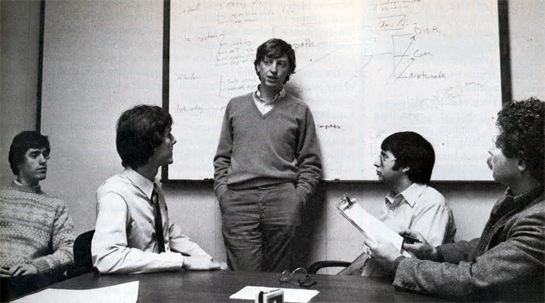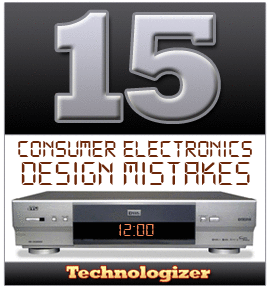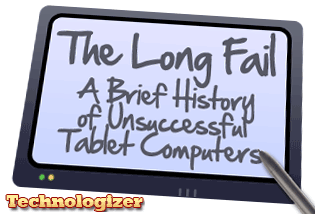 Everybody knows Mario–Super Mario. And how: an oft-cited 1991 poll found that more American children recognized Nintendo’s cheerful mascot than they did Mickey Mouse. Almost two decades later, the famous cartoon plumber, forever clad in blue overalls, regularly stars in blockbuster games for the Wii and DS.
Everybody knows Mario–Super Mario. And how: an oft-cited 1991 poll found that more American children recognized Nintendo’s cheerful mascot than they did Mickey Mouse. Almost two decades later, the famous cartoon plumber, forever clad in blue overalls, regularly stars in blockbuster games for the Wii and DS.
Regarding Mario’s origins, it’s common knowledge among game fans that legendary game designer Shigeru Miyamoto created him for 1981’s Donkey Kong arcade game. But few know that Nintendo borrowed Mario’s name and Italian heritage from a real man.
That man’s name is Mario Segale, and he’s not a plumber. He’s a wealthy real estate developer in Tukwila, Washington. Segale unwittingly stepped into video game history by renting out a warehouse that served as Nintendo’s U.S. headquarters in the early 1980s. At that time, a financially struggling Nintendo of America (NOA) was preparing the U.S. launch of Donkey Kong. Legend has it that NOA President Minoru Arakawa noticed physical similarities between Donkey Kong’s short, dark-haired protagonist and the landlord. So the crew at NOA nicknamed the character Mario, and it stuck.

 There’s a little-known fact: you don’t need to buy set-top boxes or gaming consoles to enjoy digital media on your TV. Unfortunately, buying more hardware is oftentimes the easier–although more limited–option at the moment.
There’s a little-known fact: you don’t need to buy set-top boxes or gaming consoles to enjoy digital media on your TV. Unfortunately, buying more hardware is oftentimes the easier–although more limited–option at the moment. What’s the most efficient way to deride a technology product as a stinker and/or a flop? Easy: Compare it to Microsoft Bob. Bring up the infamous Windows 3.1 front-end for computing newbies–officially released fifteen years ago this week, on March 31st, 1995–and you need say no more. Everything from
What’s the most efficient way to deride a technology product as a stinker and/or a flop? Easy: Compare it to Microsoft Bob. Bring up the infamous Windows 3.1 front-end for computing newbies–officially released fifteen years ago this week, on March 31st, 1995–and you need say no more. Everything from  After I managed the
After I managed the 
 You saved and you saved until you could finally buy that shiny new $1000 gadget that promised you everything under the stars. When it came time to plug it in, you found your joy being subsumed by abject horror. Your stomach plunged deep into your gut and you (yes, mortal non-designer you) recognized a fundamental flaw in your flashy gizmo so obvious that it made you want to pick up the device and smash it over the designer’s head.
You saved and you saved until you could finally buy that shiny new $1000 gadget that promised you everything under the stars. When it came time to plug it in, you found your joy being subsumed by abject horror. Your stomach plunged deep into your gut and you (yes, mortal non-designer you) recognized a fundamental flaw in your flashy gizmo so obvious that it made you want to pick up the device and smash it over the designer’s head. A month ago, before any of us knew anything for sure about Apple’s tablet, I looked back at
A month ago, before any of us knew anything for sure about Apple’s tablet, I looked back at  “Insanity,” novelist Rita Mae Brown wrote, “is doing the same thing, over and over again, but expecting different results.” By that standard, the long history of tablet computers doesn’t quite count as insanity–manufacturers have tried a variety of form factors and features over the years. But the results are the same, over and over again: failure. It’s the classic example of a gadget that the industry keeps coming back to and reintroducing with all the hype it can muster–and which consumers keep rejecting.
“Insanity,” novelist Rita Mae Brown wrote, “is doing the same thing, over and over again, but expecting different results.” By that standard, the long history of tablet computers doesn’t quite count as insanity–manufacturers have tried a variety of form factors and features over the years. But the results are the same, over and over again: failure. It’s the classic example of a gadget that the industry keeps coming back to and reintroducing with all the hype it can muster–and which consumers keep rejecting. “The best way to predict the future is to invent it.” So
“The best way to predict the future is to invent it.” So  We’ve
We’ve